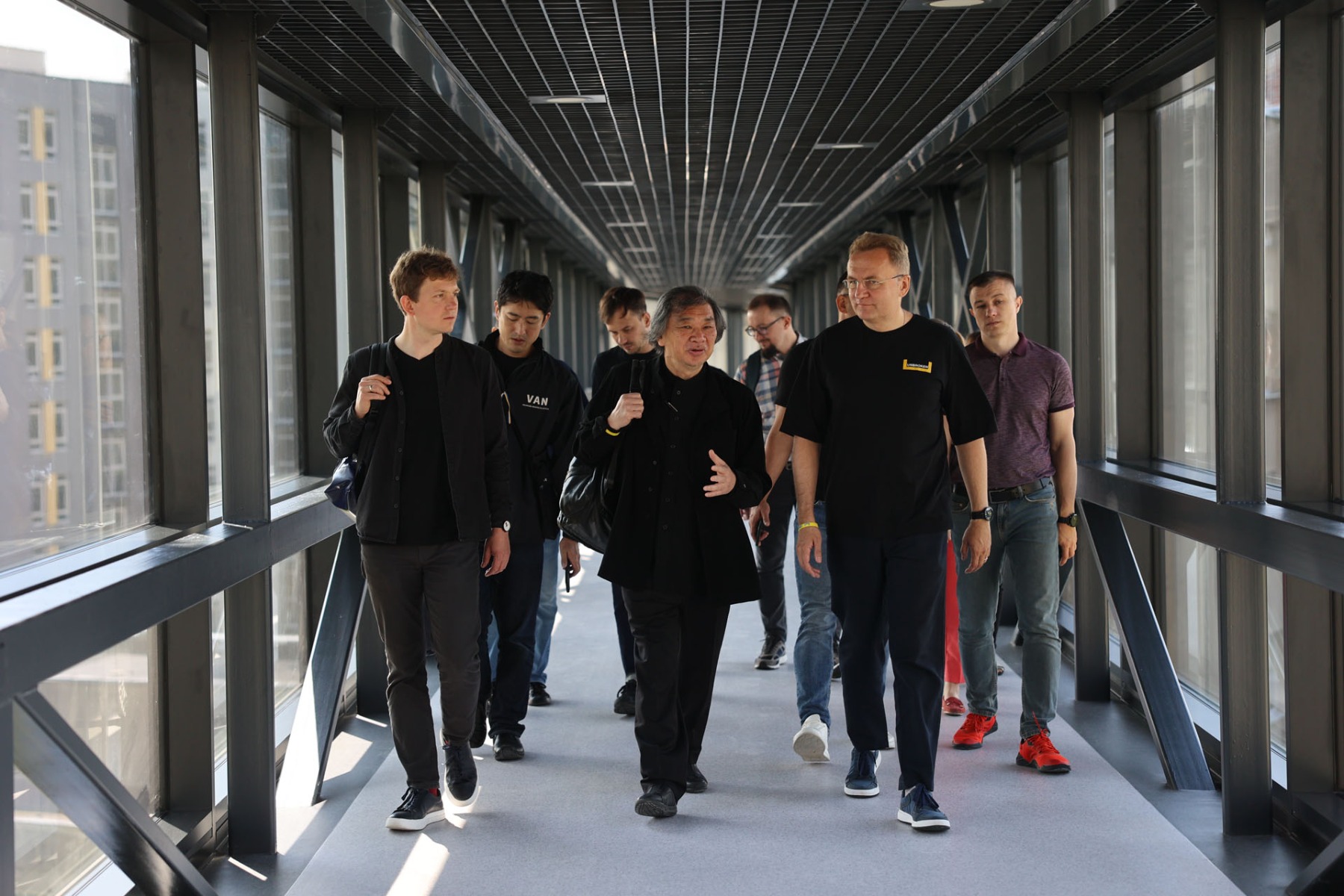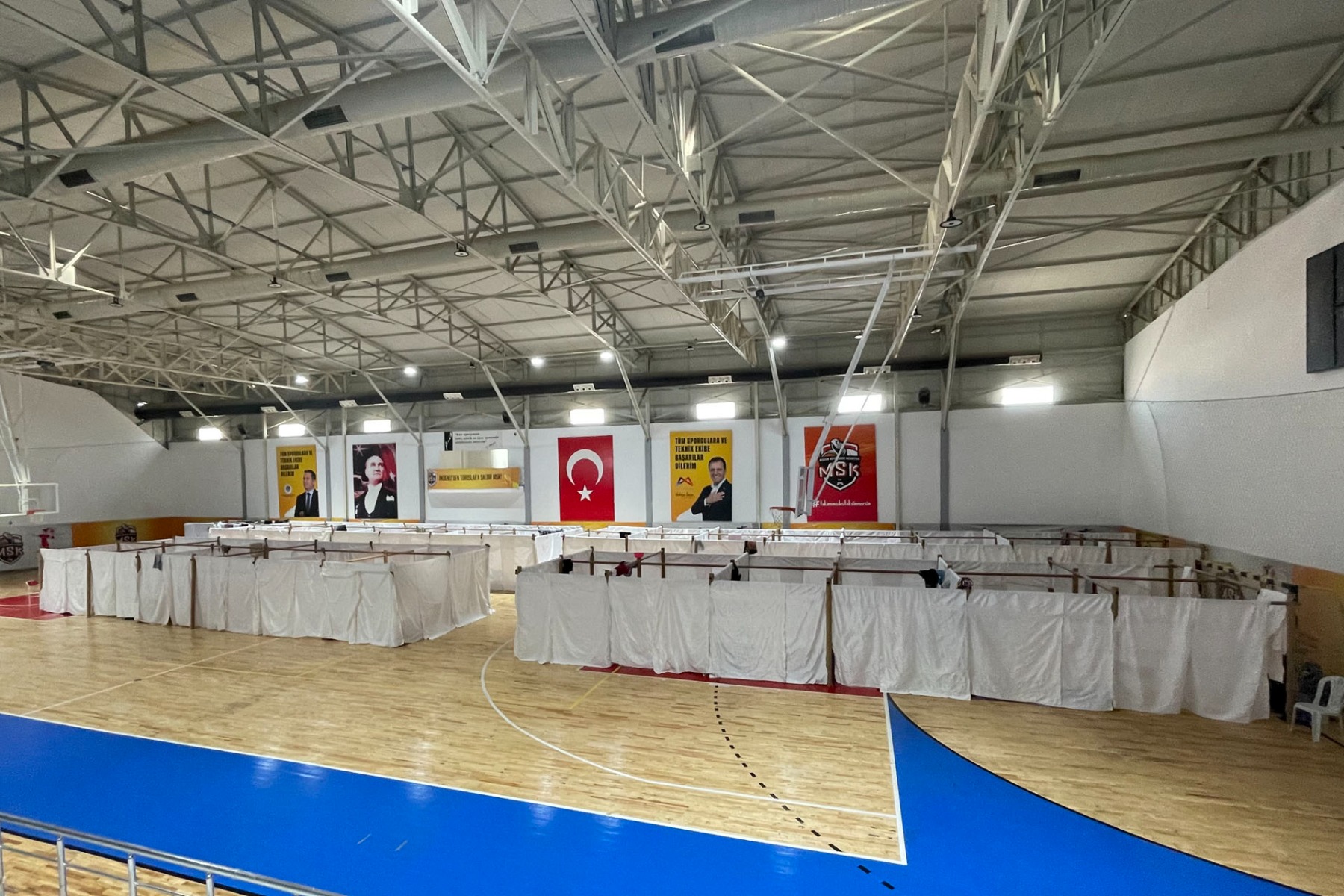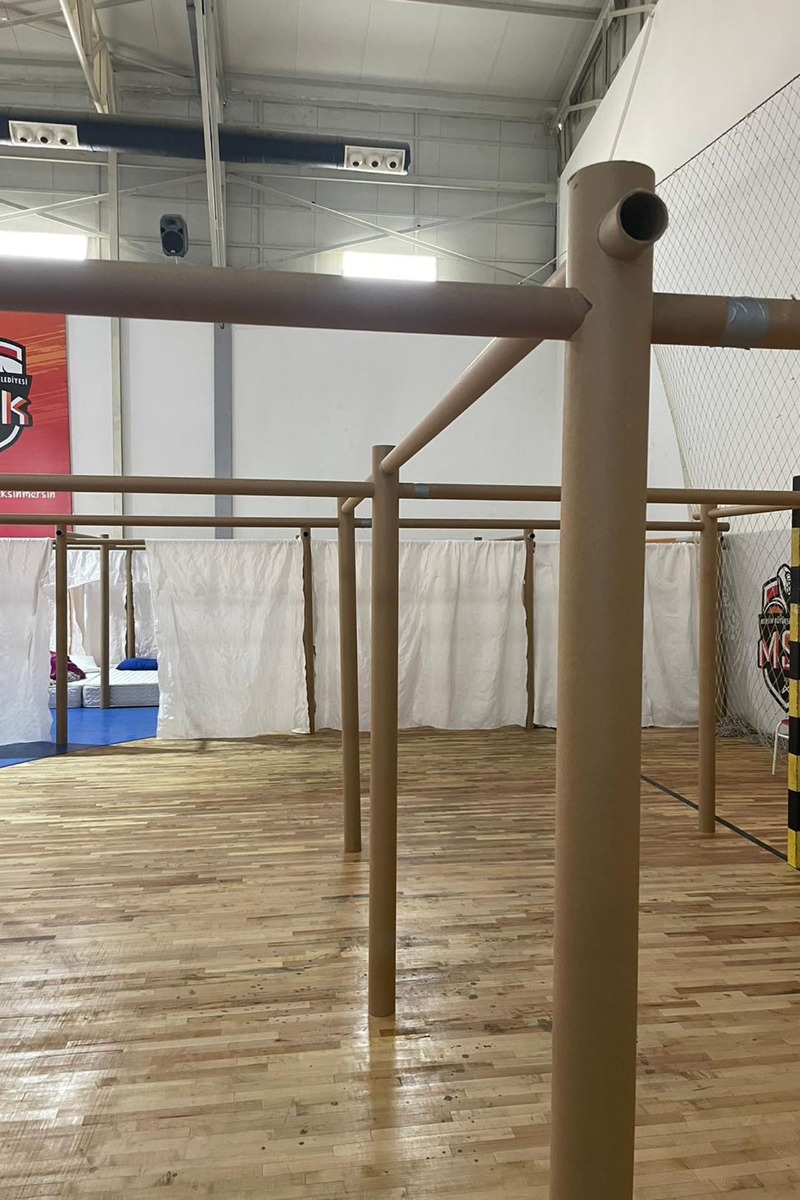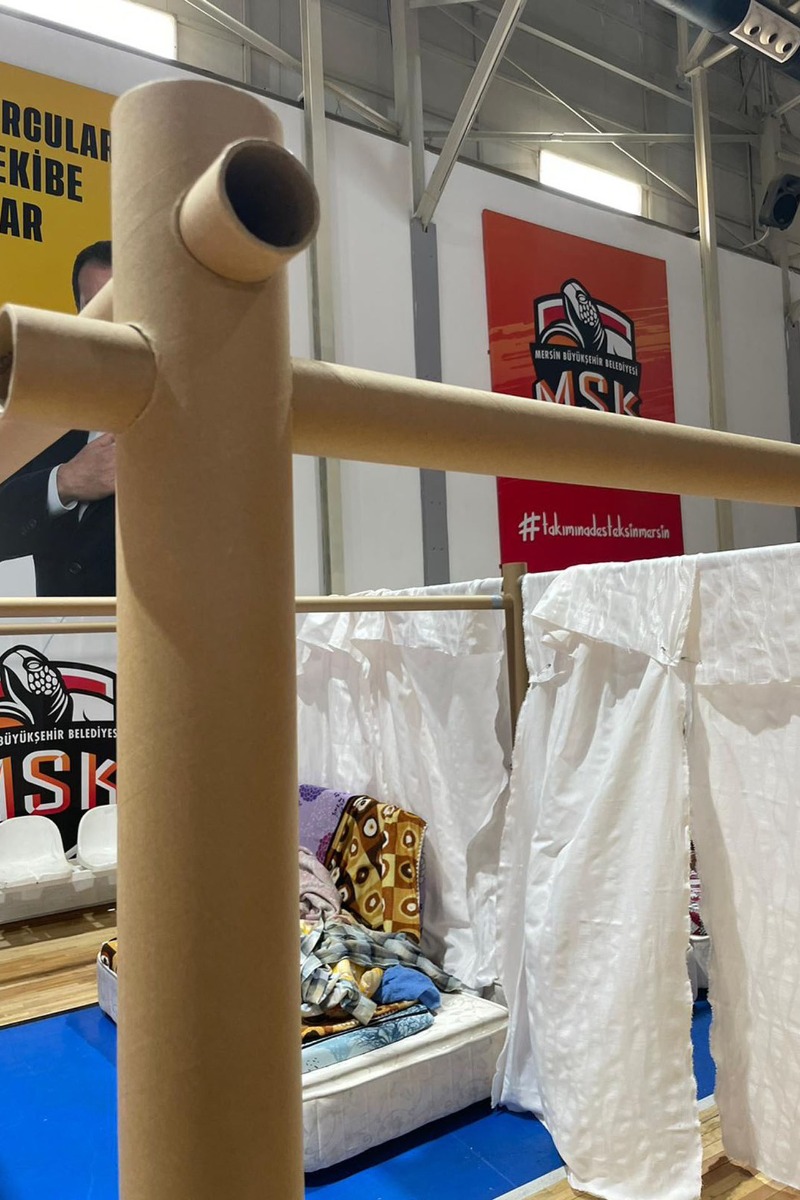Interview with Shigeru Ban
Social Commitment

Shigeru Ban during a visit to Lviv in June 2023. © Roman Baluk
Shigeru Ban has been providing humanitarian aid in disaster areas since the 1990s by building emergency shelters. The third part of the conversation between Shigeru Ban and Jan Geipel is about the globally active NGO he founded, which also captivates young architects.
In 1995 you founded the Voluntary Architects' Network, VAN. What was the point of origin for this NGO?
The point of origin was because of what happened in Rwanda in 1994: A genocide, where people from the ethnic group of the Tutsi were killed by Hutu militias. In this context, over two million people became refugees. I saw photos of UN refugee shelters, where people where freezing and had little more than a blanket to protect them from the weather conditions. This made me think about what I could contribute as an architect. I met with the responsible person for UN shelter constructions. He showed great interest in my proposals and hired me as a consultant. So, in fact, in 1994 I started to work on refugee shelter designs. And then, one year later, on January 17th, the disastrous Kobe earthquake happened, here in Japan.


Hospital design for Lviv, © Shigeru Ban Architects
Why did you choose paper as a construction material for your new type of shelter?
First of all, the original UN shelters at that time had been made by using local trees. Beyond that, the UN only provided plastic sheets. Eventually, the related areas were quickly subject to deforestation. To end this, the UN provided aluminium pipes. Aluminium has a low weight, which makes transporting it easy, but it is very expensive and valuable as a raw material. So, refugees started selling the aluminium pipes to make money and continued to cut trees in order to build shelters. That is why I proposed to design shelters made of paper, instead. They were produced in Kigali, Rwanda’s capital.
How did this take place in the case of Ukraine? Did the country ask you for assistance?
It didn’t start with an invitation. I went there on my own, after working on privacy partitions for Ukrainian refugee shelters in Poland. A Polish architecture friend arranged the connection to the mayor of Lviv. In the case of Ukraine, we are actually thinking and planning far ahead. Once the war is over, we may assume that building contractors will be very busy. At the same time, construction materials will likely be very expensive. Therefore, I proposed plans for an affordable housing system that can be built without a housing contractor. A prototype has already been constructed in cooperation with Polish students. Beyond that, I am collaborating with local architects and with the city of Lviv to build a hospital in timber. There are so many things architects can do here to improve the situation.


The modular system of cardboard tubes designed by Ban can be used to create more privacy in collective accommodation after a disaster, as here in Turkey. © Shigeru Ban Architects
What would your advice be, particulary to younger generations of architects?
The most important thing is travelling. All over the world. If you want to be an architect, you have to travel to see good architecture and different landscapes. In reality, not on the screen of a cellphone! Travelling is the most important form of education for young people. Lately, the number of young Japanese people studying abroad has declined. They feel too comfortable in Japan and stay here, because it’s safe. When I studied in the US, Japanese students comprised the largest group among Asian students. But now, they represent only 1/20 compared to the number of Chinese and maybe 1/5 compared to Korean students.


© Shigeru Ban Architects


© Shigeru Ban Architects
How do you draw students out of their comfort zone?
I invite my students to the disaster areas. Otherwise, students would only go to Taiwan, Korea or Hawaii. It’s so boring. At the same time, it’s very interesting to see that women seem to be the braver ones, eager to leave their comfort zone. Whenever I visit disaster areas or work with NGOs there, more than half of the young Japanese architects now are women.
The first part of the interview with Shigeru Ban "Design as Problem Solver" is published in Detail 12.2023 and in our Detail Inspiration database. You can find the second part here.










